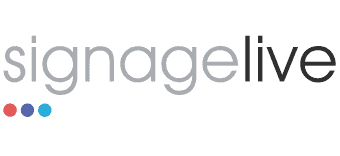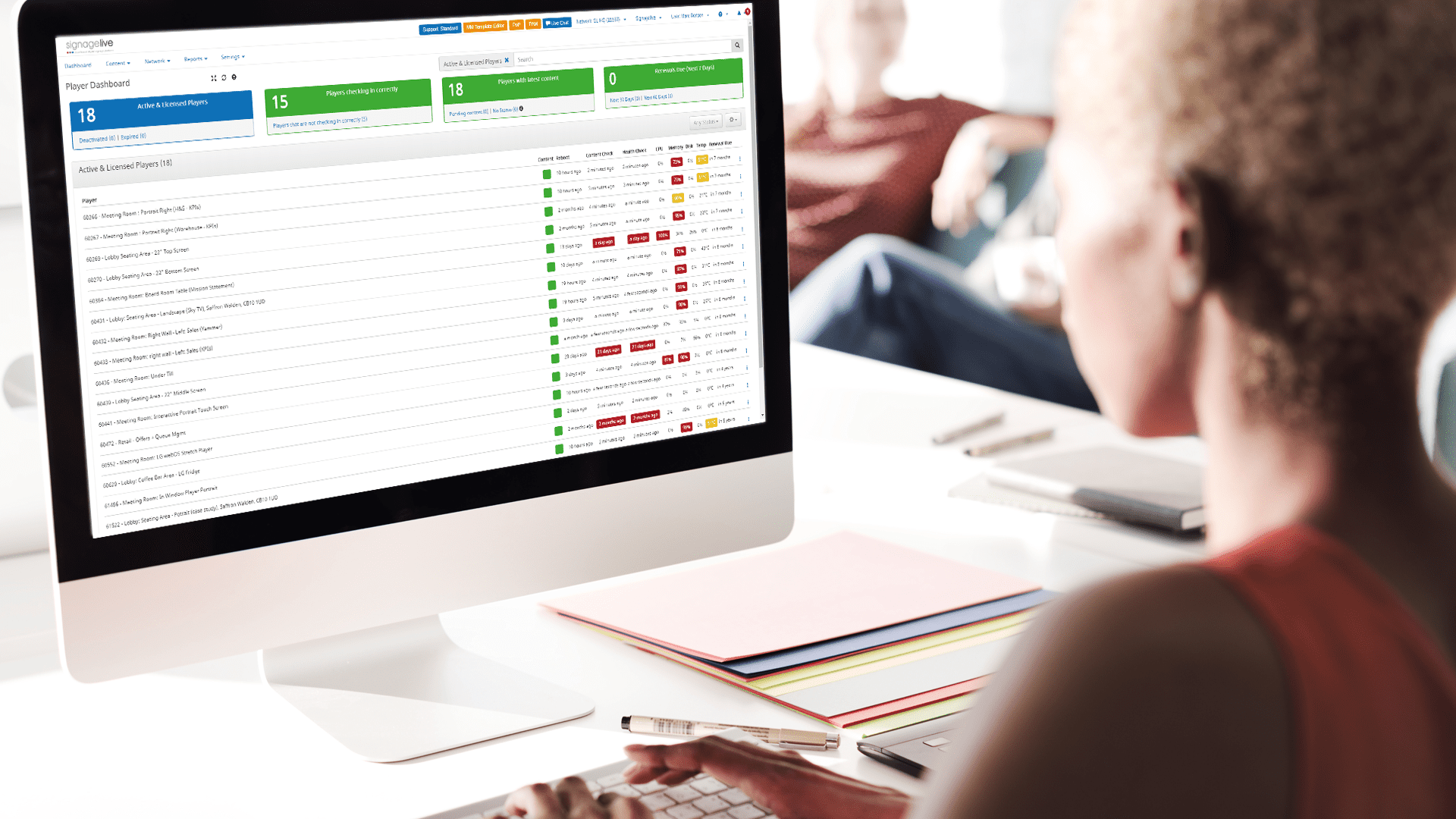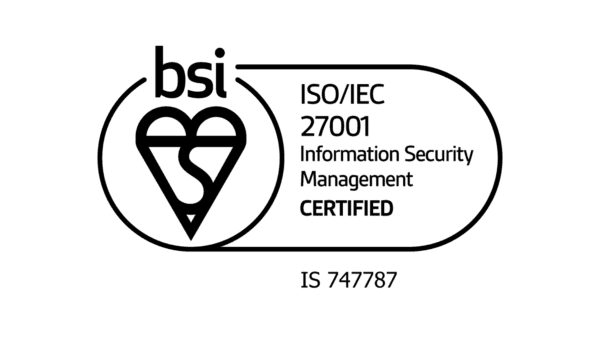How do I change my Digital Signage software platform?
Best Practice For Changing Your Digital Signage System
Looking to change your digital signage software? Where do you start?
Knowing how to choose the right Content Management System (CMS) is going to make the difference between an easy to use, well managed digital signage experience or an over complicated and time consuming one. This blog covers the many different elements you should consider including what hardware is best suited to your environment, how to manage your digital signage software users & ensuring you have the required features at your disposal.
Picking the right CMS has everything to do with understanding what you need in advance.
Advancements in technology means there is a wide range of digital signage software companies to choose from, some of which are tailored to specific verticals, such as Education, Retail or Digital Out of Home Advertising, some of which offer an enterprise solution that is easy to use, scaleable and has open APIs enabling you build your own experiences and customise your solution to your liking.
Regardless of the sector you operate in, be sure to ask yourself the following questions:
- What hardware is the best option for my environment?
- How do I switch out my current CMS without ripping out my entire infrastructure?
- How do I need to manage my users?
- What features am I missing?
- Am I using the features and functionality my current platform provides?
- How do I get the Support I need?
- Am I overpaying for what I need?
- Am I getting value for money?
What hardware is the best option for my environment?
There is more to digital signage than just the software managing the content. The hardware and content being shown on your displays are both equally important which is why you should choose a hardware agnostic digital signage platform.
What does this mean?
Essentially, hardware-agnostic software solutions allow businesses to install content management systems (CMS) to a third-party device. For example, a Chromebox or Brightsign device can be equipped with digital signage software to provide a secure platform for managing and deploying your digital content.
This not only gives users more freedom of choice when it comes to hardware providers, but also ensures that the right device is used for the solution without having to overpay.
Having a flexible digital signage solution has impacts on companies of all sizes. Having the flexibility to swap from one hardware device to another allows you to shop the market for the best fit for you. Hardware costs can range dramatically depending on what you need.
As well as the flexibility an agnostic CMS brings to you, it also gives you the freedom to mix and match your hardware for specific installations. An example of this would be a business looking to create a stunning video wall production, which requires a high GPU-intensive processor, while also wanting to display some lighter content in other locations. By having the freedom to vary hardware, the content across all devices can be managed by one platform while still using the right hardware for the job, per screen.
How do I need to manage my users?
Consider how many users you want to be part of your digital signage network and what involvement they will have with your content management.
You may decide to grant different permission levels, so be sure to understand how this is provided currently versus how any new potential digital signage software positions this offering as well as what user permissions are available.
For example, content approval is not always a baked in feature so if it is important to you then check it is available. Simply put, content approvals give you the power to prevent a user from adding content to your digital signage network that is not approved. Content can come from a whole range of sources, it could be an external graphic designer you’ve hired to create on-brand content or you may decide that anyone from your marketing team can create, upload and schedule content but that it requires approval prior to being published/going live.
This role helps create a clear hierarchy and chain of responsibility so that content has to pass certain checks and balances before it is published and displayed to your audience.
As you consider how to manage your users, think about this approval workflow. Approval workflows help organisations keep messaging on-brand. From a security perspective, administrators can be safe in the knowledge that those responsible for branding and content compliance have full control over what digital signage content is approved or rejected. Not every user has to be set for approval, you decide which users can add and upload content with or without the need for approval.
What features am I missing?
For example, your current platform enables you to drag and drop your media files into playlists and schedule them in advance to play back on your displays, this is a pretty standard feature. What if, for compliance purposes, you need to prove whether or not a media asset has played, how many times, where and for how long it has played? You may even be required or will benefit from generating reports on this data. This type of feature (often referred to as Proof of Play) is often considered premium and will only be available by a handful of digital signage software companies.
If you’re already using a CMS platform today, review how your current content is being distributed and how your network is being managed. Find out what the core requirements are for you now and what you may want to expand into in the future. Does your current CMS platform provide you with everything you need?
A lot of CMS platforms will also have a working roadmap to show you what’s coming up in future developments. It’s worth investigating these to see if your provider is heading in the same direction as your needs. Our roadmap can be found here.
How do I get the Support I need?
Think about what your current experience is like when it comes to the help and advice you receive. Who do you contact and what’s the process? Are you referred to Google to solve your problems, or can you speak to a real person? Do they speak your language? Are they available during your working day, or maybe more importantly during the working day of your colleague that manages your screens in another country? Can you communicate instantly, or do you have to wait three days for a response?
If there are Premium Support options, what are the benefits to that of normal support, if any and how much will it cost?
Am I overpaying for what I need?
Once you have considered the above check to see if there is a variety of products available to you or is it simply a case of one size fits all. Enterprise class digital signage software platforms recognise companies in different verticals have many unique requirements and may well provide a range of bundles or licence types enabling you to meet your needs whilst getting the very most from your budget.
An important question when it comes to considering your CMS options is making sure you’re using what you’re currently paying for and planning your future digital signage requirements into the future. The last thing you want is to find out the platform you’ve chosen doesn’t have that one crucial item you need in 6 months time.
The Proof is in the Pudding
Be sure to ask for a trial. What better way to find the right solution than to put all the above questions and considerations into practice. Most enterprise digital signage software platforms will encourage you to get your hands dirty and test their solution enabling them to understand more about your requirements and how you operate as a business. Of course, they will also be keen to get your feedback as to your user experience and if and how their product can be improved.







